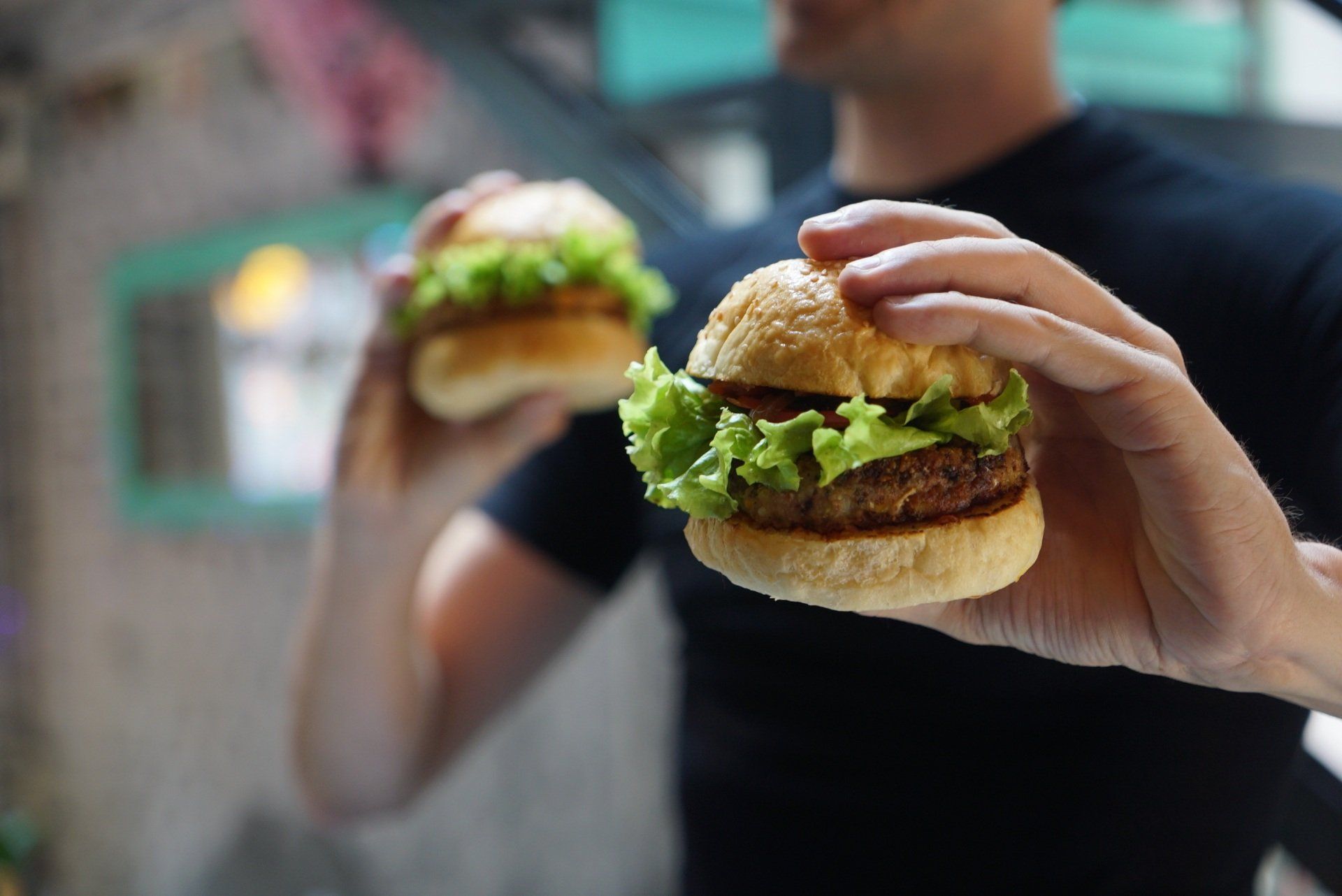How The Bite Size Mechanism Can Stop You From Overeating
The bite size mechanism refers to the size of the bites that an individual takes while eating. Research shows that the size of bites can affect the way an individual eats in several ways, including the rate of consumption, the overall amount of food consumed, and the enjoyment of the food.
The discovery of the bite size mechanism has been attributed to a study published in the journal Obesity in 2007 (Wansink et al., 2007). In this study, researchers found that participants who were given larger spoons to eat with consumed more ice cream in a single sitting than those given smaller spoons. This finding led the researchers to conclude that the size of bites plays a role in the amount of food consumed.
Other studies have also supported the impact of bite size on eating behavior. A study published in the journal Appetite in 2010 (Rolls et al., 2010) found that taking smaller bites resulted in a slower rate of food intake and a feeling of fullness, while a study published in the journal Nutrition in 2015 (Drewnowski et al., 2015) found that increasing bite size was associated with an increase in energy intake.
How Does The Bite Size Mechanism Work?
The mechanisms by which bite size affects eating behavior are not fully understood. It is thought that the size of bites may influence the rate of consumption and overall amount of food consumed through its impact on the time it takes for the digestive system to process and absorb the nutrients from the food, as well as the time it takes for the brain to receive signals of fullness.
The enjoyment of food may also be influenced by the length of the eating experience and the savoring of each bite.
How The Bite Size Mechanism Can Help You Lose Weight
One way that bite size can affect eating behavior is through its impact on the rate of consumption. Studies have shown that taking smaller bites can lead to a slower rate of consumption, which can result in a feeling of fullness and satiety. This is thought to be due to the time it takes for the digestive system to process and absorb the nutrients from the food, as well as the time it takes for the brain to receive signals of fullness.
Another way that bite size can affect eating behavior is through its impact on the overall amount of food consumed. Taking smaller bites can result in a reduction in the overall amount of food consumed, potentially leading to weight loss. This is thought to be due to the feeling of fullness that is achieved with a slower rate of consumption, as well as the psychological effect of feeling like more food has been eaten due to the larger number of bites taken.
In addition to these effects on hunger and fullness, bite size can also influence the enjoyment of food. Taking smaller bites can allow for a more prolonged and savored eating experience, potentially enhancing the pleasure of the meal.
It is important to note that the bite size mechanism is not a standalone weight loss strategy and should be used in conjunction with other evidence-based approaches, such as following a balanced diet and engaging in regular physical activity. It is also important to consult with a healthcare professional before making any changes to your diet or exercise routine.
It is important to note that the bite size mechanism is not a standalone weight loss strategy and should be used in conjunction with other evidence-based approaches, such as the ones featured in our online weight loss class.
References:
- Rolls, B. J., Roe, L. S., Meengs, J. S., & Wall, D. E. (2010). Increasing the portion size of a sandwich increases energy intake. Appetite, 55(2), 363-368.
- Drewnowski, A., Rehm, C. D., Constant, F., & Popkin, B. M. (2015). Water and beverage consumption among US adults, 2005-2010. Nutrition, 31(1), S27-S36.
- Wansink, B., van Ittersum, K., & Painter, J. E. (2007). Ice cream illusions: Bowls, spoons, and self-served portion sizes. Obesity, 15(1), 15-20.










